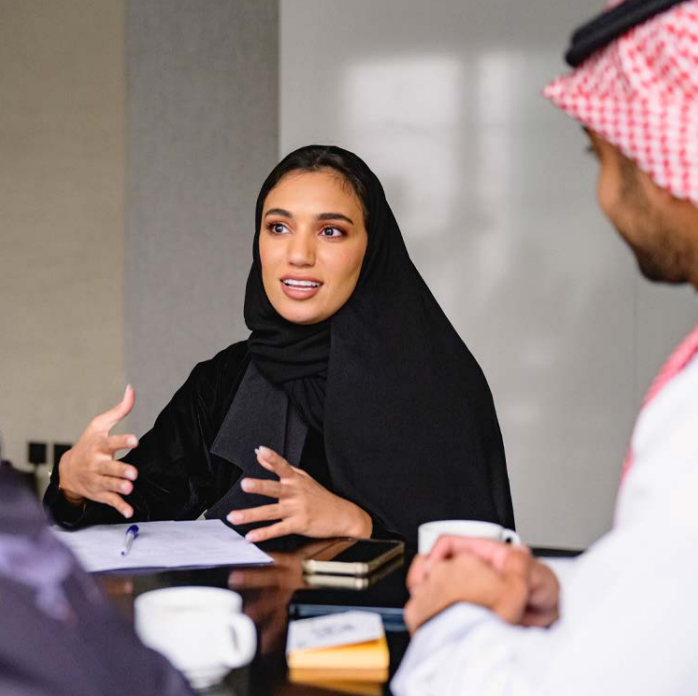
GCC has seen unprecedented change in women representation…but more effort needed to close the gender gap
The GCC region has seen “unprecedented change” in terms of women representation, stated Bain & Company’s new report titled Advancing Gender Equity in the Middle East Workforce. Qatar (60%) and the UAE (53%) continue to lead the region in women workforce participation. While Saudi Arabia is seeing the fastest pace of change over the last decade reaching 37% female participation in the first quarter of 2023, exceeding the country’s Vision 2030 targets more than seven years ahead of schedule.
Yet, there is a long way to go attain gender equity, especially at leadership level. For perspective, approximately 7% of board seats are held by women in the GCC versus 20% globally. GCC still faces one of the largest gender gaps globally, indicates the World Economic Forum’s Global Gender Gap Index.
Beyond being ‘the right thing to do’ gender equity is a critical source of value creation for organisations. Research shows that teams that are gender and geographically diverse make better business decisions 87% of the time and 70% of top performing teams in the GCC have a higher percentage of women.
Yet, Bain & Company’s survey found that gender bias and stereotypes still exist causing additional barriers in organisations. Seventy percent of women mention gender bias and stereotypes as the primary challenge, along with inadequate hiring processes, lack of mentorship, training and support for work-life balance. These challenges hinder women’s corporate leadership advancement in the region, and similar challenges are faced globally.
Bain & Company has developed an approach rooted in research and experience that helps organisations gain an understanding of their starting point and decide on the best path forward, in terms of practices. This approach encompasses five key pillars including:
Based on its extensive research on these practices, three key models emerge along different maturity stages of the gender equity journey:
Bain’s analysis showed that 50% of GCC organisations fall into Tier 1, while 40% are Tier 2, while less than 10% demonstrate Tier 3 attributes.
Notifications